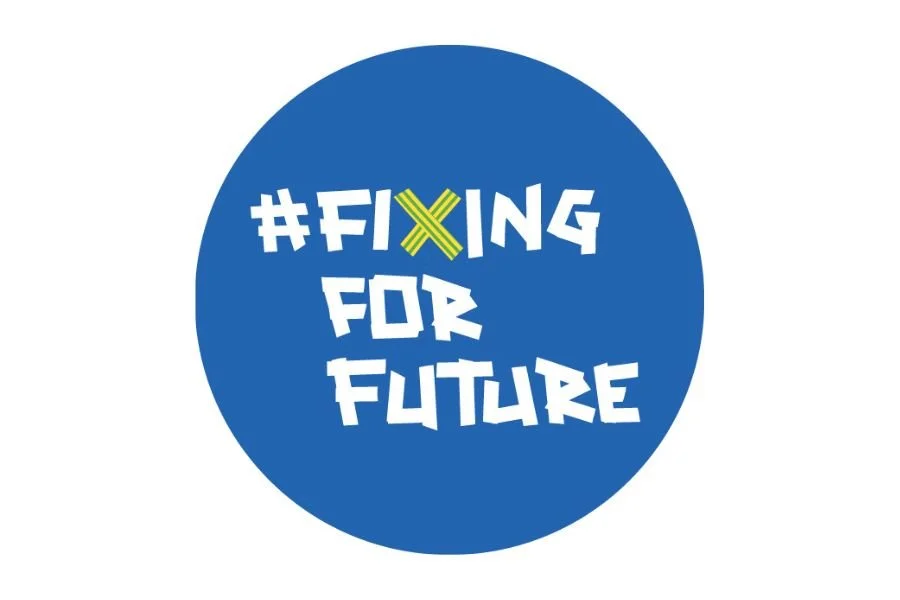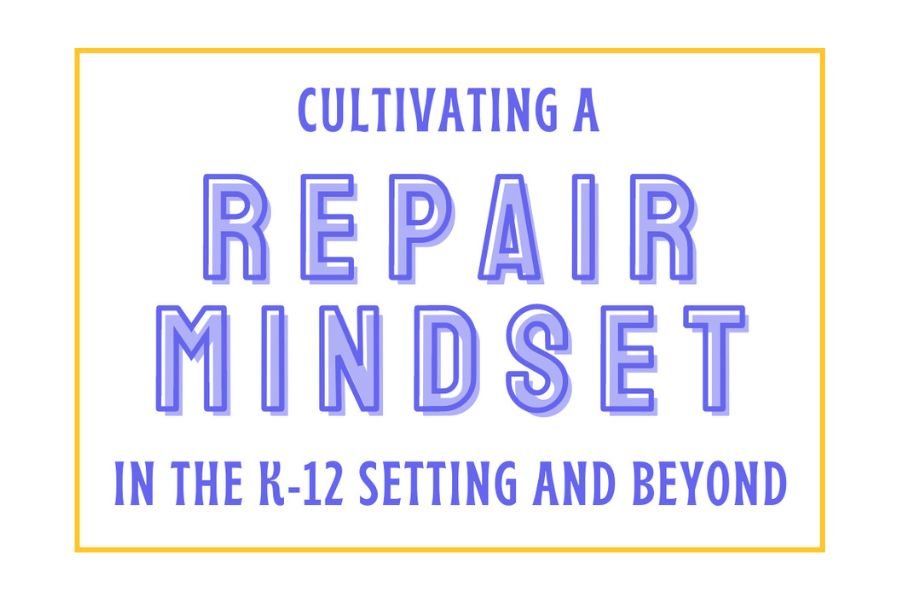Comprehensive handbook for establishing a student-run repair program in schools.
(English, Spanish, German and French)
Source — Rudolf Steiner School, Munich, Germany
Age — 5th - 12th grade (11 - 18 years old)
Cost — Free download (English hardcopy available at cost)



















